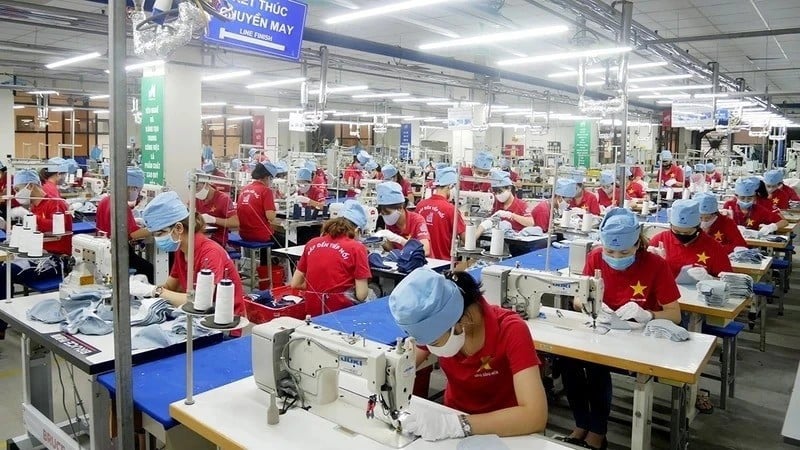
To increase efficiency, textile and garment enterprises have made efforts to take advantage of all advantages as well as expand markets, customers, etc. to maintain production and ensure jobs for workers.
General Director of Viet Thang Corporation Nguyen Quang Minh said that with a sustainable development strategy for textile and fiber products and the ability to promptly adapt to the market, the unit has achieved a total revenue of more than VND 926 billion (77.2% of the plan) and a profit of more than VND 41 billion (108% of the plan) in the first nine months of 2025. It is forecasted that the last months of the year will face many challenges from market fluctuations and fierce competition. Enterprises continue to invest in equipment innovation, training to improve labor skills, improve productivity and product quality; at the same time, focus on developing traditional products, expanding the market by speeding up certification and proving the origin meets international standards for export to the US, Japan, the European Union (EU)...
Deputy General Director of Phong Phu Joint Stock Corporation Pham Phu Chung said that the company currently has two main product lines: sewing thread and cotton towels. The plan to produce sewing thread by the end of the year is about 650 tons/month, down 5% compared to the plan but up 8% compared to the same period in 2024.
With the line of cotton towels, the company promotes the market, exports to the US and Japan, and negotiates with customers to increase the output of large orders, reduce costs, and maintain selling prices. At the same time, the company calculates production capacity to increase the products moving from China and India to Vietnam, in order to increase income and create stable jobs for workers.
The new US tariff policy increases retail prices of clothing in this market, leading to a decrease in demand, affecting business efficiency.
Deputy General Director of Hoa Tho Textile and Garment Joint Stock Corporation Hoang Thuy Oanh said that the unit closely monitors market developments, US tariff policies and new regulations of key exporting countries to adjust appropriate plans. The company proactively discusses with US customers about tariff response solutions, while strengthening cooperation, developing new products aimed at higher segments, and expanding investment in markets such as Canada, Japan, Korea, EU, etc.
In addition, the unit optimizes production costs, invests in modern machinery, improves processes and improves labor skills to improve product quality and competitiveness.
“To take advantage of opportunities from 17 new-generation free trade agreements, businesses must proactively source domestic raw materials, connect with domestic suppliers and agreement member countries to take advantage of tariff incentives and expand markets,” Ms. Hoang Thuy Oanh emphasized.
According to data from the Vietnam Textile and Apparel Association (Vitas), in the first eight months of 2025, Vietnam's textile and garment export turnover reached more than 31 billion USD, an increase of 7% over the same period in 2024. Key export markets all increased sharply, including the US 12%, EU 12.3%, Japan 7.8%, China 3.7%, ASEAN 3.7%. It is forecasted that in the last months of the year, Vietnam's textile and garment industry continue to grow and complete the plan.
Commenting on the market, General Director of Vietnam Textile and Garment Group (Vinatex) Cao Huu Hieu said that the yarn industry has improved significantly, with signs of recovery in some carded and combed yarn products and some enterprises will soon complete their annual plans. Many enterprises are exploiting the domestic market well, exporting on the spot to FDI enterprises.
The garment industry maintains growth momentum, but before the new tariff policy, there is a trend of small, short-term orders, customers placing orders from far away and requesting price negotiations.
To achieve the goal, from now until the end of the year, businesses need to maintain their workforce, manage production and business well, closely monitor market developments, ensure product origin records, diversify markets, customers, products and strengthen chain linkages to proactively produce domestically, reduce costs, improve competitiveness and affirm the position of Vietnamese textiles in the global supply chain.
Source: https://baoquangninh.vn/doanh-nghiep-det-may-truoc-ap-luc-cuoi-nam-3379111.html


![[Photo] Prime Minister Pham Minh Chinh receives President of Cuba's Latin American News Agency](/_next/image?url=https%3A%2F%2Fvphoto.vietnam.vn%2Fthumb%2F1200x675%2Fvietnam%2Fresource%2FIMAGE%2F2025%2F12%2F01%2F1764569497815_dsc-2890-jpg.webp&w=3840&q=75)








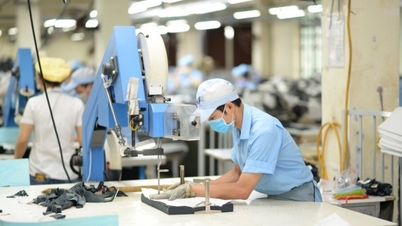
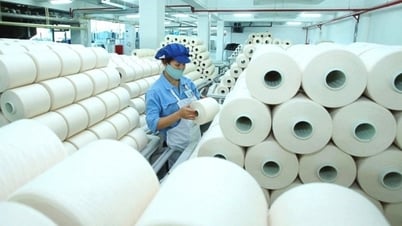


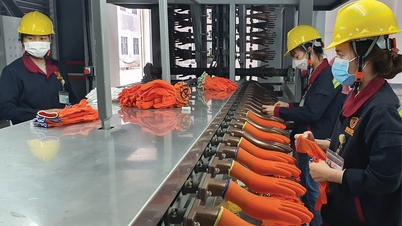


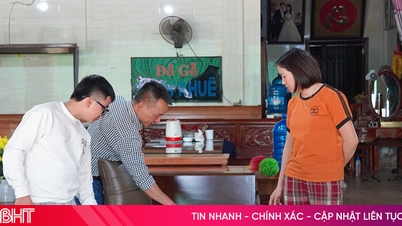

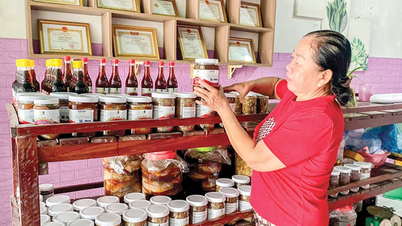

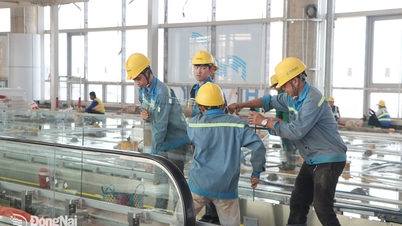

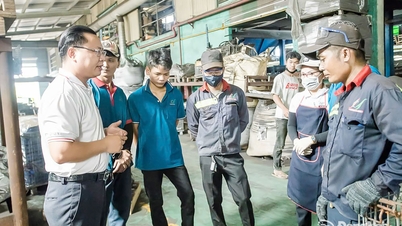





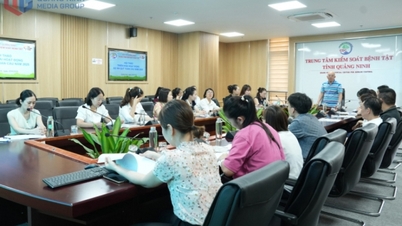


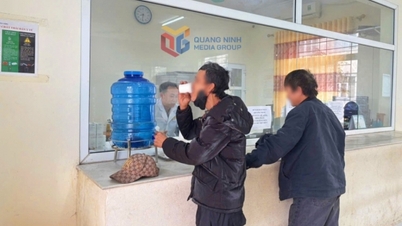
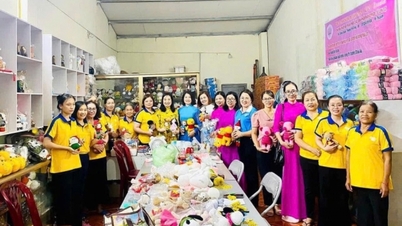











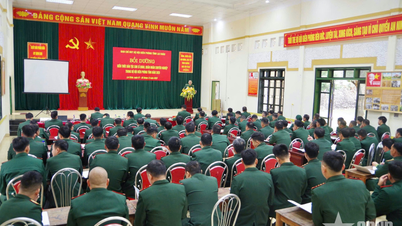



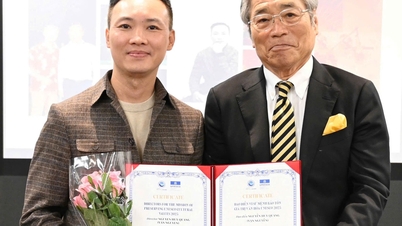





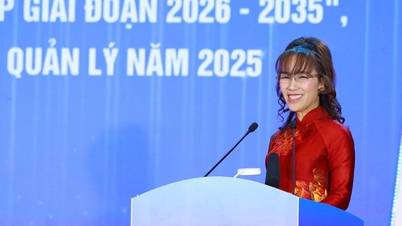

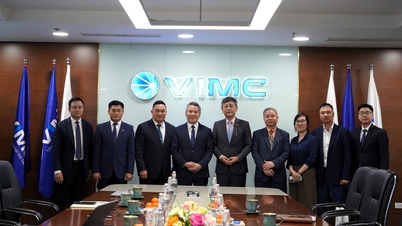























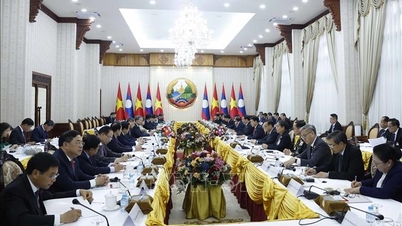



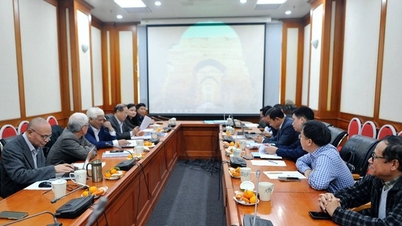
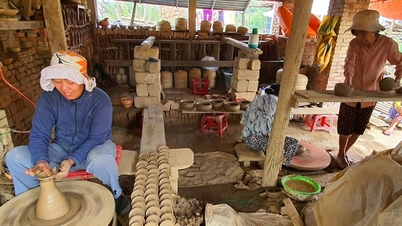

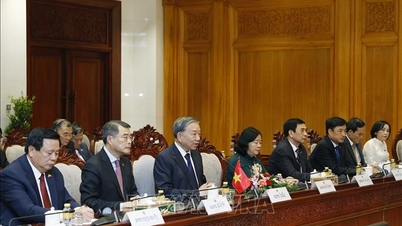
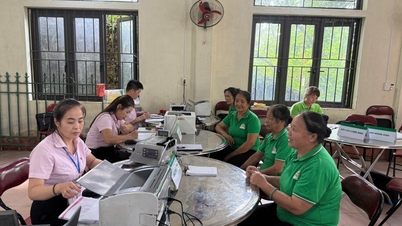

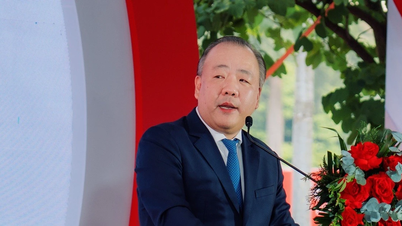

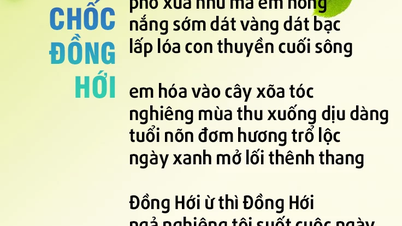

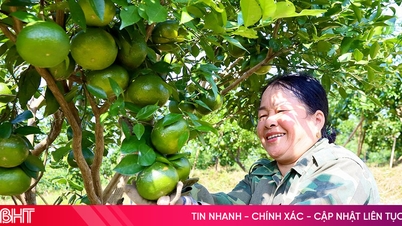
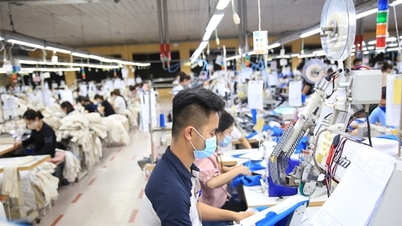













Comment (0)